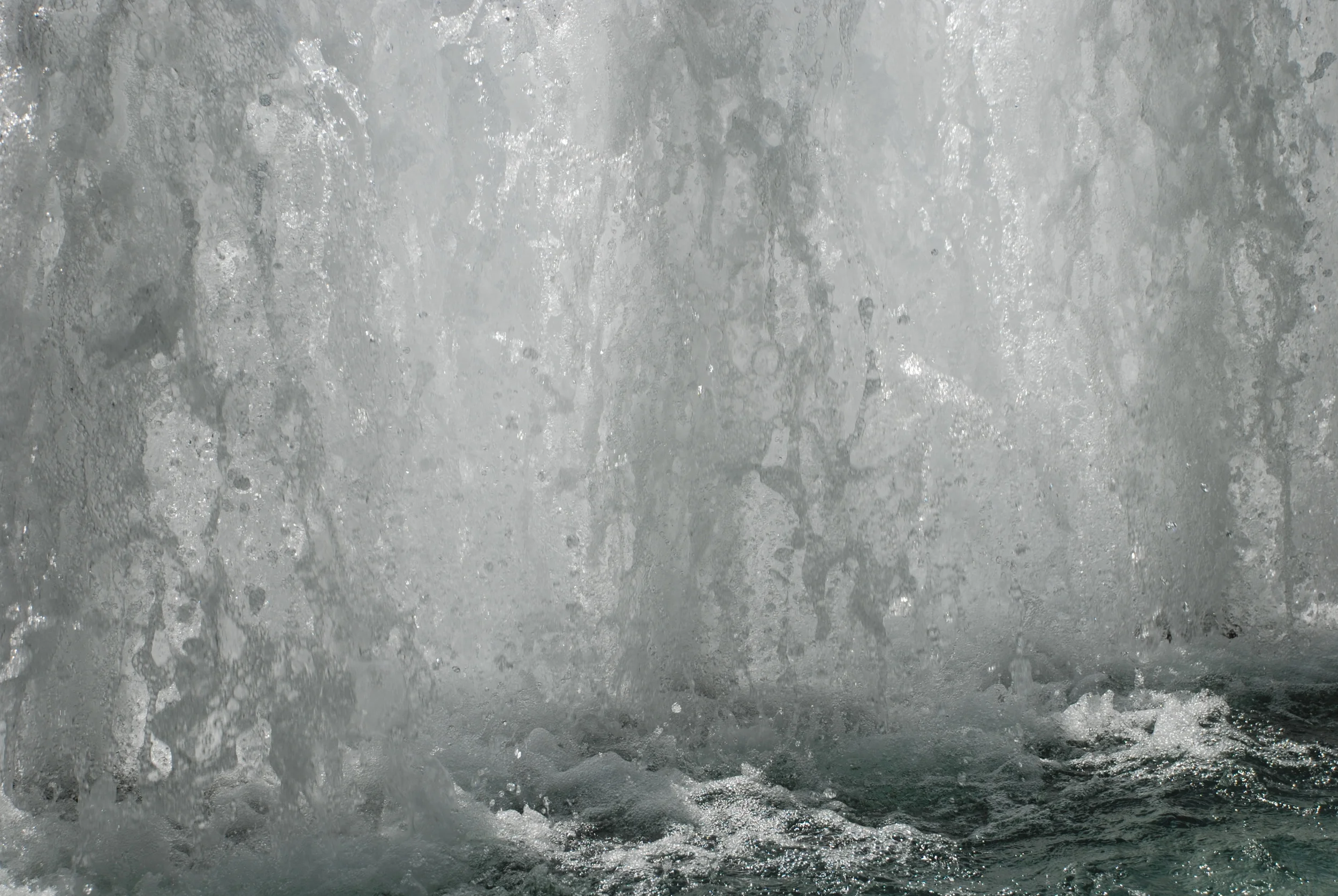Drought and fire are definitely connected. The Lowell (Nevada County) and Wragg (Napa County) fires are a reminder of the wide consequences that a water limited year can bring to an area. It is so important to prepare mitigations and responses to water supply limits and fire. Thank you to all the firefighters, support personnel and the American Red Cross and other humanitarian groups for being our front line to California fires.
Let’s prepare, rain or shine, for drought and fire mitigation. It takes proactive actions to save lives, save money and minimize disruption of the everyday life in California. No action is just not worth it.








